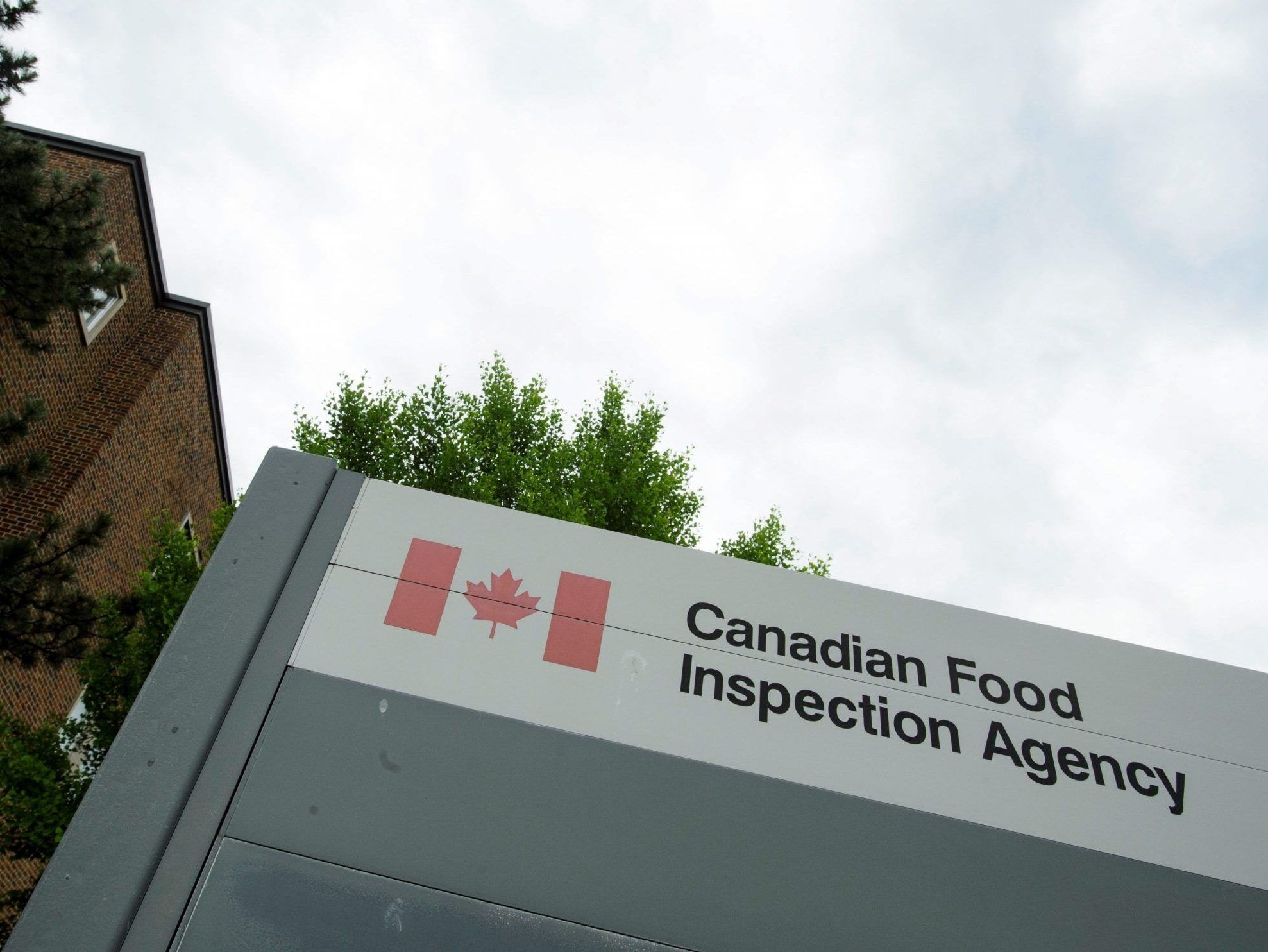A highly contagious and potentially devastating avian influenza outbreak has been confirmed at a commercial poultry farm in Southwestern Ontario, threatening the livelihoods of farmers and raising concerns about broader public health. The Canadian Food Inspection Agency (CFIA) detected the H5N1 virus on November 14th, impacting approximately 32,000 birds.
This isn’t an isolated incident. Since late 2021, a staggering 16 million birds across Canada have succumbed to this relentless virus, either through illness or mandated culling. The scale of the crisis is immense, with nearly 1.25 million birds lost in Ontario alone.
The immediate response is stark: all affected birds will be humanely euthanized and disposed of, a difficult but necessary step to contain the spread. A strict “primary control zone” has been established, regulating all movement of birds, poultry products, and by-products in and out of the area – requiring permits for even the smallest transfer.

While the risk to humans remains low, experts are deeply concerned about the virus’s potential to mutate. Scott Weese, an infectious diseases veterinarian, warns that the biggest threat lies in H5N1 recombining with a human influenza virus. This is the very scenario that historically triggers global flu pandemics.
Recent events have amplified these anxieties. A teenager in British Columbia became seriously ill after contracting the virus in November, and outbreaks have also been detected in U.S. dairy herds. These cases serve as a chilling reminder of the virus’s ability to jump species.
This outbreak in Strathroy-Caradoc follows a previous incident in the London region earlier this year, and a cluster of seven farm outbreaks between December and January. The periods between outbreaks, however, are a testament to the rigorous biosecurity measures implemented by many poultry farms.
The CFIA emphasizes the importance of vigilance, particularly during spring and fall migration seasons when wild birds act as natural reservoirs for the virus. The agency works closely with industry stakeholders to protect both animal and public health, but the threat remains constant.
The difficult decision to cull infected flocks, while heartbreaking, is strategically vital. According to experts, it accelerates an inevitable outcome and minimizes the risk of further transmission to people, other animals, and the wider environment.
The agency’s work has not been without challenge. CFIA employees involved in outbreak response have faced disturbing harassment and even death threats, stemming from opposition to its policies – most notably, the controversial culling of ostriches at a farm in British Columbia.
The Universal Ostrich Farm case became a legal battleground, with owners arguing for “herd immunity” and the scientific value of the remaining birds. However, the Supreme Court of Canada ultimately upheld the CFIA’s culling order, leading to the elimination of over 300 ostriches in November.
This ongoing crisis underscores the fragility of our food systems and the constant need for proactive measures to protect against the ever-evolving threat of avian influenza. Vigilance, rapid response, and unwavering commitment to biosecurity are paramount in safeguarding both animal and human health.




